Home>Articles>When Is It Acceptable To Use A Roof Ladder As A Free-Hanging Ladder?
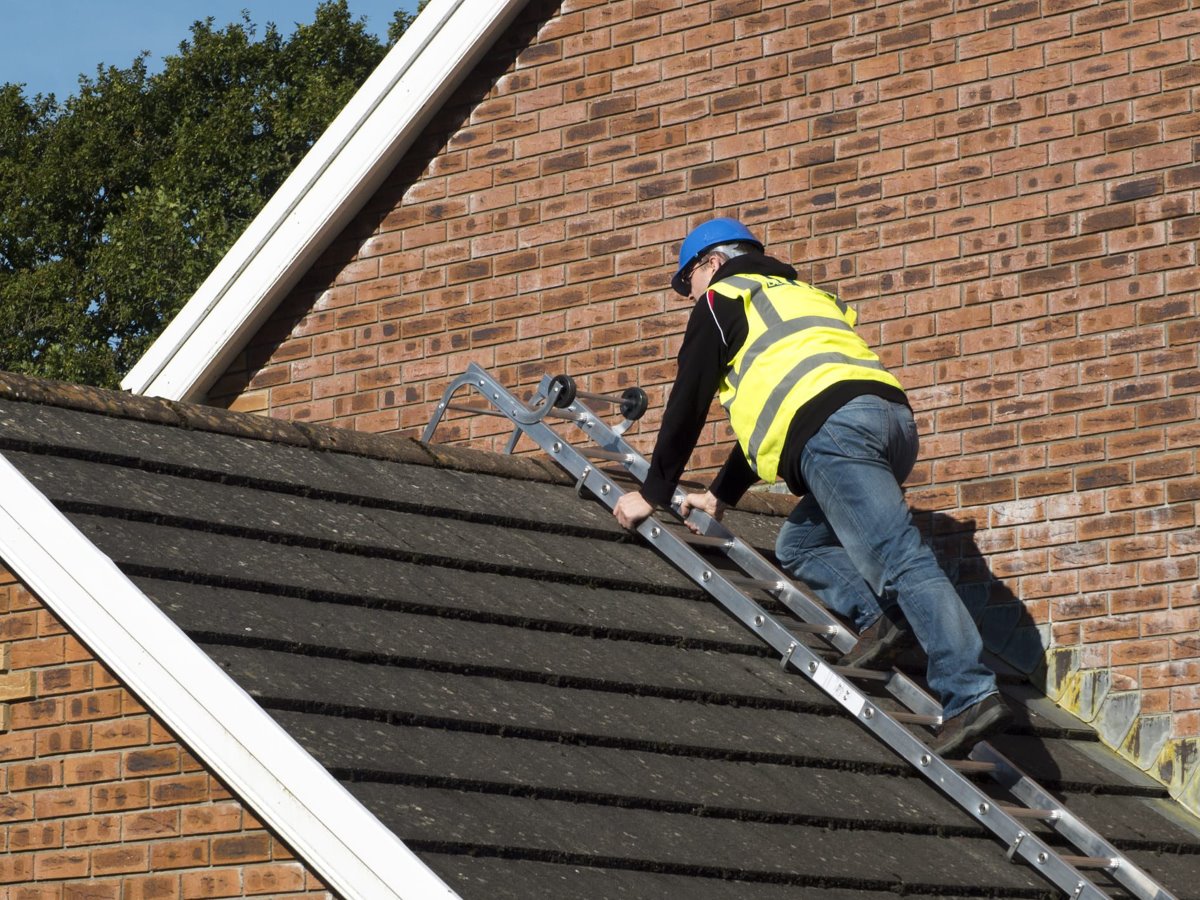

Articles
When Is It Acceptable To Use A Roof Ladder As A Free-Hanging Ladder?
Modified: August 21, 2024
Discover when it's appropriate to utilize a roof ladder as a free-hanging ladder in this informative article. Gain helpful insights and tips on safe ladder usage.
(Many of the links in this article redirect to a specific reviewed product. Your purchase of these products through affiliate links helps to generate commission for Storables.com, at no extra cost. Learn more)
Introduction
When it comes to working at heights, having the right ladder is of utmost importance. Different types of ladders are designed for specific purposes, ensuring the safety and efficiency of the user. Two commonly used types of ladders are roof ladders and free-hanging ladders.
In this article, we will explore when it is acceptable to use a roof ladder as a free-hanging ladder. But before we delve into that, let’s first understand what exactly a roof ladder and a free-hanging ladder are.
Key Takeaways:
- Using a roof ladder as a free-hanging ladder is acceptable for short, low-risk tasks with stability assurance and weight capacity consideration, but safety precautions are crucial.
- While there are potential benefits to using a roof ladder as a free-hanging ladder, safety should always be the top priority, and proper precautions must be taken to minimize risks.
Read more: What Is A Roof Ladder Used For?
Explanation of a Roof Ladder
A roof ladder, as the name suggests, is specifically designed for working on roofs. It is typically a long, lightweight ladder that features hooks or brackets at the top, allowing it to securely attach to the ridge of the roof. This ensures stability and prevents the ladder from slipping or sliding while in use.
Roof ladders are usually made from durable materials such as aluminum or fiberglass to withstand the demands of outdoor use and inclement weather conditions. They are designed with safety features such as anti-slip rungs and rubberized feet to provide stability on different roof surfaces.
Roof ladders also often come with additional features like wheels for easy transportation and adjustable leg mechanisms to accommodate various roof slopes. These features make roof ladders ideal for accessing rooftops for maintenance, repairs, inspections, or installations.
It is important to note that roof ladders are specifically designed for use on roofs and should not be used as free-hanging ladders unless certain conditions are met. Using a roof ladder as a free-hanging ladder without proper precautions can lead to serious injuries and accidents.
Explanation of a Free-Hanging Ladder
A free-hanging ladder, also known as a leaning ladder or extension ladder, is a versatile type of ladder used for a wide range of tasks. Unlike a roof ladder, which is designed to attach to the roof, a free-hanging ladder leans against a vertical surface such as a wall, tree, or pole for support.
Free-hanging ladders consist of two or more sections that can be extended or retracted to adjust the ladder’s height. They are commonly made of lightweight materials like aluminum, which makes them portable and easy to transport to different work sites.
These ladders feature rungs or steps for climbing, along with safety features like anti-slip pads on the feet and stabilizing arms or ropes to secure the ladder in place. Additionally, free-hanging ladders may have safety locks or systems to prevent unintentional collapse while in use.
Free-hanging ladders are commonly used for tasks such as painting, window cleaning, construction work, and accessing high shelves or roofs. They provide a stable and secure platform to work from at various heights, offering flexibility and convenience.
However, it is essential to understand the limitations of free-hanging ladders and when it is appropriate to use them. While they are designed for leaning against vertical surfaces, using a free-hanging ladder in situations where it cannot properly support the weight or leaning it on unstable surfaces can be dangerous.
Safety Concerns
Working at heights always carries inherent risks, and using ladders improperly can significantly increase the chance of accidents and injuries. It is crucial to prioritize safety when using both roof ladders and free-hanging ladders.
Some common safety concerns to consider include:
- Stability: Both roof ladders and free-hanging ladders must be stable and secure to prevent falls. Ensure the ladder is placed on a solid and level surface and that it is in good condition without any defects or damage.
- Weight Capacity: Ladders are designed to support a specific weight capacity. Exceeding this limit can lead to ladder failure and accidents. Always check the manufacturer’s guidelines for the maximum weight the ladder can safely support.
- Proper Positioning: When using a roof ladder, it is crucial to make sure it is securely hooked onto the roof ridge or supported by brackets. For free-hanging ladders, ensure the ladder is leaning against a stable and secure surface at the appropriate angle.
- Footwear and Grip: Wear appropriate footwear with non-slip soles to prevent slipping accidents. Keep the ladder rungs clean and dry to maintain a firm grip while climbing and working.
- Weather Conditions: Be mindful of weather conditions when working at heights. Strong winds, rain, snow, or ice can make ladder usage unsafe. Avoid using ladders during unfavorable weather conditions.
- Usage Limitations: Understand the limitations of both roof ladders and free-hanging ladders. Each ladder type is designed for specific purposes, and using them outside their intended scope can lead to accidents. Use the ladder appropriate for the task at hand.
By being aware of these safety concerns and taking necessary precautions, you can minimize the risks associated with working at heights and ensure a safer working environment.
Only use a roof ladder as a free-hanging ladder when it is specifically designed and labeled for that purpose. Using a roof ladder inappropriately can lead to accidents and injuries.
Instances When Using a Roof Ladder as a Free-Hanging Ladder is Acceptable
While it is generally not recommended to use a roof ladder as a free-hanging ladder, there may be certain situations where it can be acceptable. However, it is important to exercise caution and follow these guidelines:
- Short Duration Tasks: If the task you need to perform requires only a short duration, such as reaching a high shelf or fixing a light fixture, and it can be safely accomplished with a roof ladder, it may be acceptable to use it as a free-hanging ladder.
- Stability Assurance: Before utilizing a roof ladder as a free-hanging ladder, ensure that it is stable and securely positioned against a vertical surface. Take extra precautions to prevent slipping or tipping by securing the ladder and maintaining a firm grip while working.
- Low-Risk Tasks: Consider the risk involved in the task you are attempting. Avoid using a roof ladder as a free-hanging ladder for tasks that involve heavy or repetitive movements, as this may increase the risk of accidents or ladder failure.
- Weight Capacity Consideration: Roof ladders are typically designed to support the weight of a person and some light equipment or materials. Ensure that the ladder’s weight capacity is not exceeded when using it as a free-hanging ladder to prevent structural damage and potential accidents.
It is important to remember that using a ladder for purposes other than its intended design carries risks. If your task requires frequent use of a free-hanging ladder or involves heavy loads or extended durations, it is advisable to use an appropriate free-hanging ladder specifically designed for such tasks.
Always prioritize safety and consult the manufacturer’s guidelines and safety instructions for both roof ladders and free-hanging ladders to ensure proper usage and minimize the risk of accidents or injuries.
Read more: How To Use Ladder On Roof
Benefits of Using a Roof Ladder as a Free-Hanging Ladder
While it is generally not recommended to use a roof ladder as a free-hanging ladder, there may be a few benefits to doing so in certain limited scenarios. Here are some potential advantages:
- Versatility: By utilizing a roof ladder as a free-hanging ladder, you are able to extend the functionality of your ladder. This allows you to perform a wider range of tasks without the need for an additional ladder. It can save you both time and money.
- Convenience: If you already have a roof ladder readily available, it can be more convenient to use it as a free-hanging ladder for simple tasks instead of acquiring and transporting a separate free-hanging ladder.
- Space Saving: Using a roof ladder as a free-hanging ladder eliminates the need to store an additional ladder, saving you valuable storage space in your workspace or storage area.
- Cost-Efficiency: Investing in a roof ladder that can also be used as a free-hanging ladder provides you with a multi-purpose tool and potentially saves you the expense of purchasing a separate free-hanging ladder.
While these benefits may be compelling, it is important to remember that safety should always be the primary consideration. The benefits of using a roof ladder as a free-hanging ladder should only be weighed against the potential risks and limitations discussed earlier in this article.
Consider the specific circumstances of your task, the weight capacity of the ladder, and your familiarity with ladder safety practices before deciding to use a roof ladder as a free-hanging ladder.
It is crucial to exercise caution, adhere to safety guidelines, and evaluate the suitability of the ladder for the intended task to minimize the risk of accidents and ensure a safe working environment.
Precautions to Take When Using a Roof Ladder as a Free-Hanging Ladder
While it may be acceptable to use a roof ladder as a free-hanging ladder in certain circumstances, it is essential to take specific precautions to ensure your safety. Here are some important precautions to consider:
- Inspect the Ladder: Before each use, thoroughly inspect the ladder for any signs of damage, such as cracks, bent rungs, or loose components. Do not use a ladder that appears to be damaged as it may compromise your safety.
- Ensure Proper Positioning: When using a roof ladder as a free-hanging ladder, position it against a stable and secure vertical surface. Make sure it is set at the appropriate angle and firmly anchored to prevent slipping or sliding during use.
- Secure the Ladder: Use ladder stabilizers, rope, or straps to secure the ladder in place. This helps prevent accidental movement, ensuring a stable and safe working platform.
- Weight Capacity Consideration: Always check the weight capacity of the ladder and ensure that your weight, along with any additional equipment or materials, does not exceed this limit. Overloading the ladder can compromise its integrity and lead to accidents.
- Maintain Three Points of Contact: Always maintain three points of contact with the ladder, such as two hands and one foot or two feet and one hand. This provides stability and balance while climbing and working on the ladder.
- Avoid Overreaching: It is crucial to avoid overreaching or leaning too far to perform a task. Overreaching can cause the ladder to become unbalanced, increasing the risk of falls or ladder instability.
- Use Proper Personal Protective Equipment (PPE): Always wear appropriate personal protective equipment, such as non-slip shoes with good traction and a sturdy harness if working at considerable heights.
- Follow Proper Climbing and Working Techniques: Ascend and descend the ladder facing it, using the handrails for support. Maintain a firm grip and keep your body centered on the ladder steps or rungs while working.
- Adhere to Manufacturer Guidelines: Follow the manufacturer’s instructions and guidelines for using the ladder safely. These guidelines provide essential information regarding weight capacity, proper usage, and maintenance.
By adhering to these precautions, you can significantly reduce the risks associated with using a roof ladder as a free-hanging ladder. Prioritize your safety and ensure that you are always vigilant and cautious when working at heights.
Conclusion
In conclusion, while it is generally not recommended to use a roof ladder as a free-hanging ladder, there may be certain circumstances where it can be acceptable. However, it is crucial to prioritize safety and take necessary precautions to minimize the risks associated with ladder usage.
Understanding the differences between a roof ladder and a free-hanging ladder is essential. Roof ladders are specifically designed for working on roofs, while free-hanging ladders lean against vertical surfaces for support. Each ladder type has its own limitations and usage guidelines.
When considering using a roof ladder as a free-hanging ladder, it is important to assess the stability, weight capacity, and task requirements. Short duration tasks, stability assurance, low-risk tasks, and weight capacity considerations are factors that can influence the acceptability of using a roof ladder in this manner.
Remember, safety is paramount. Always conduct a thorough inspection of the ladder, ensure proper positioning and secure the ladder properly. Also, adhere to weight capacity limits, maintain three points of contact, and follow proper climbing and working techniques.
While there may be some benefits to using a roof ladder as a free-hanging ladder, such as versatility, convenience, space-saving, and cost-efficiency, these benefits should be carefully weighed against the potential risks and limitations.
Ultimately, it is crucial to prioritize personal safety and make informed decisions when using ladders. Follow the manufacturer’s guidelines, educate yourself about ladder safety practices, and exercise caution to prevent accidents and ensure a safe working environment.
By doing so, you can confidently use ladders in a responsible and safe manner, protecting yourself and those around you while accomplishing tasks at heights.
Frequently Asked Questions about When Is It Acceptable To Use A Roof Ladder As A Free-Hanging Ladder?
Was this page helpful?
At Storables.com, we guarantee accurate and reliable information. Our content, validated by Expert Board Contributors, is crafted following stringent Editorial Policies. We're committed to providing you with well-researched, expert-backed insights for all your informational needs.
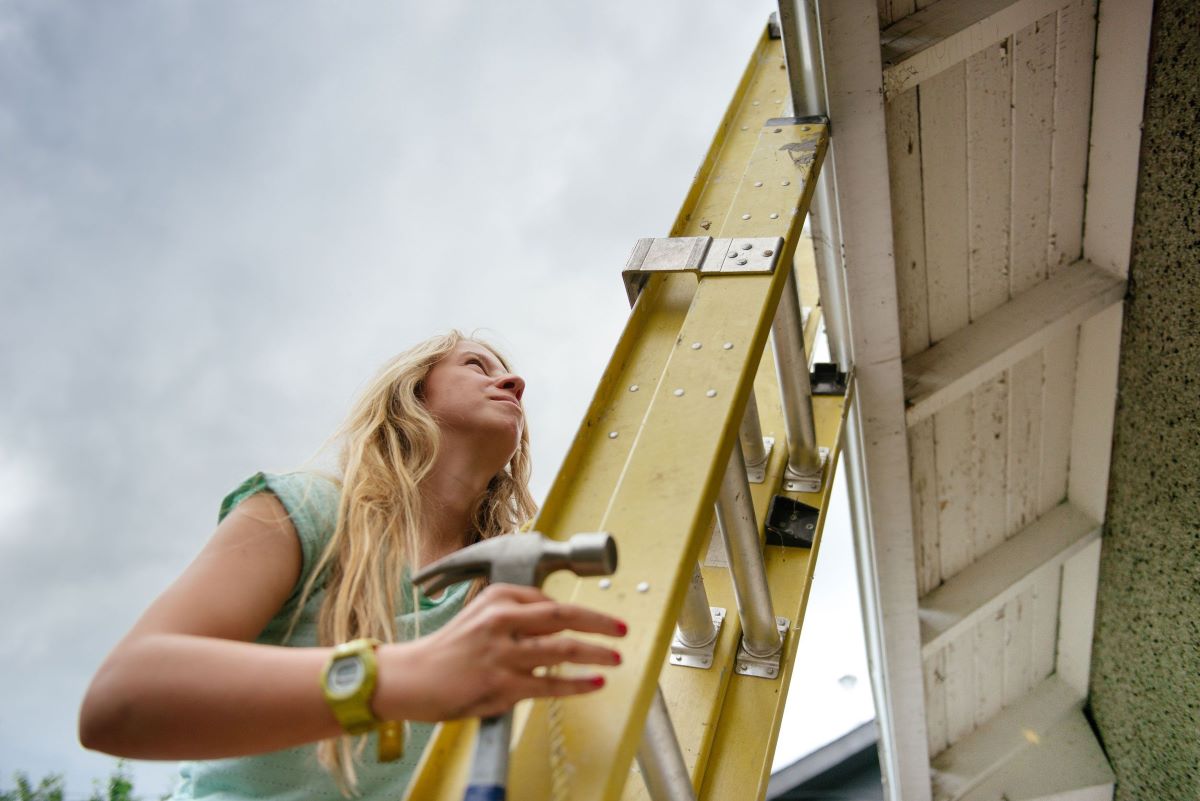
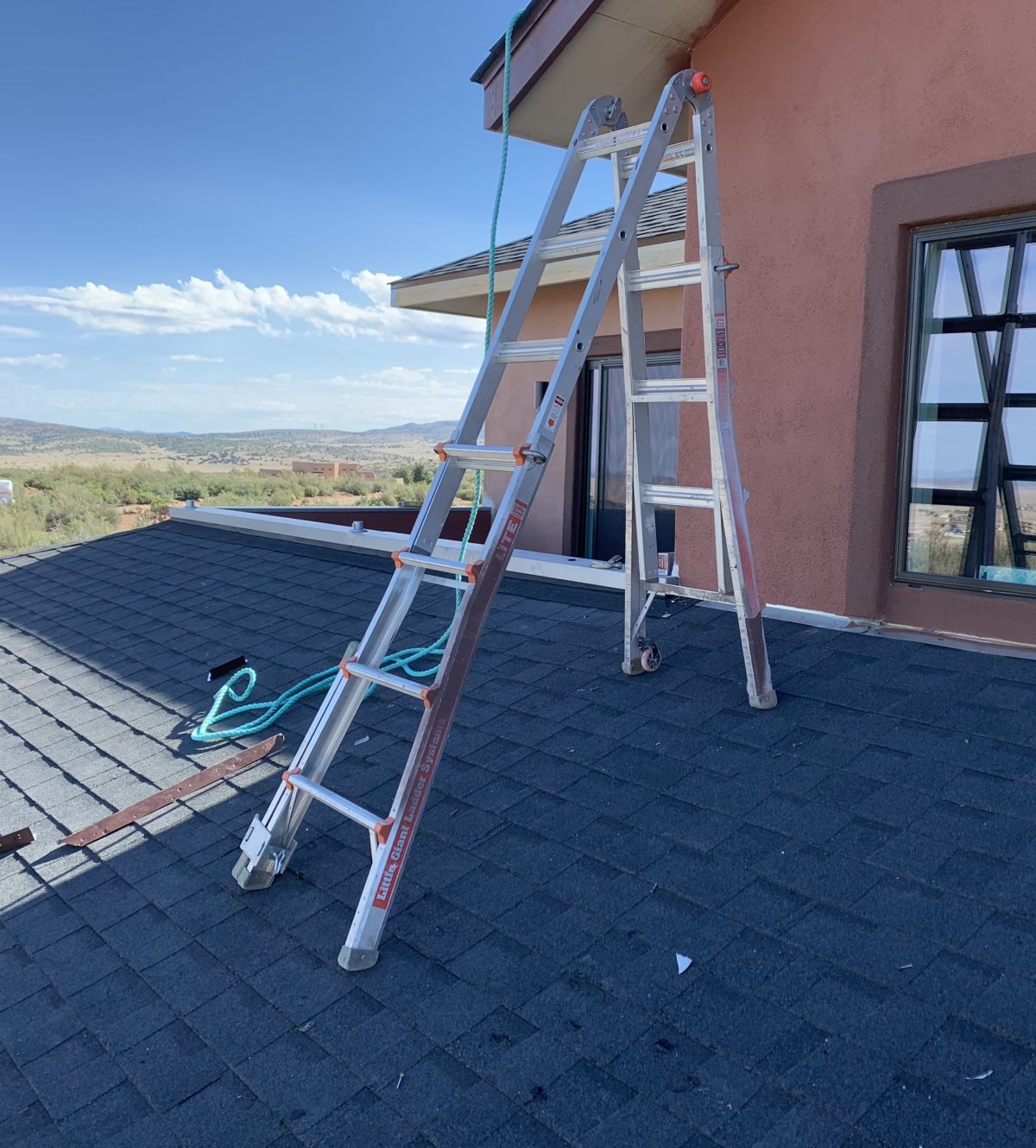
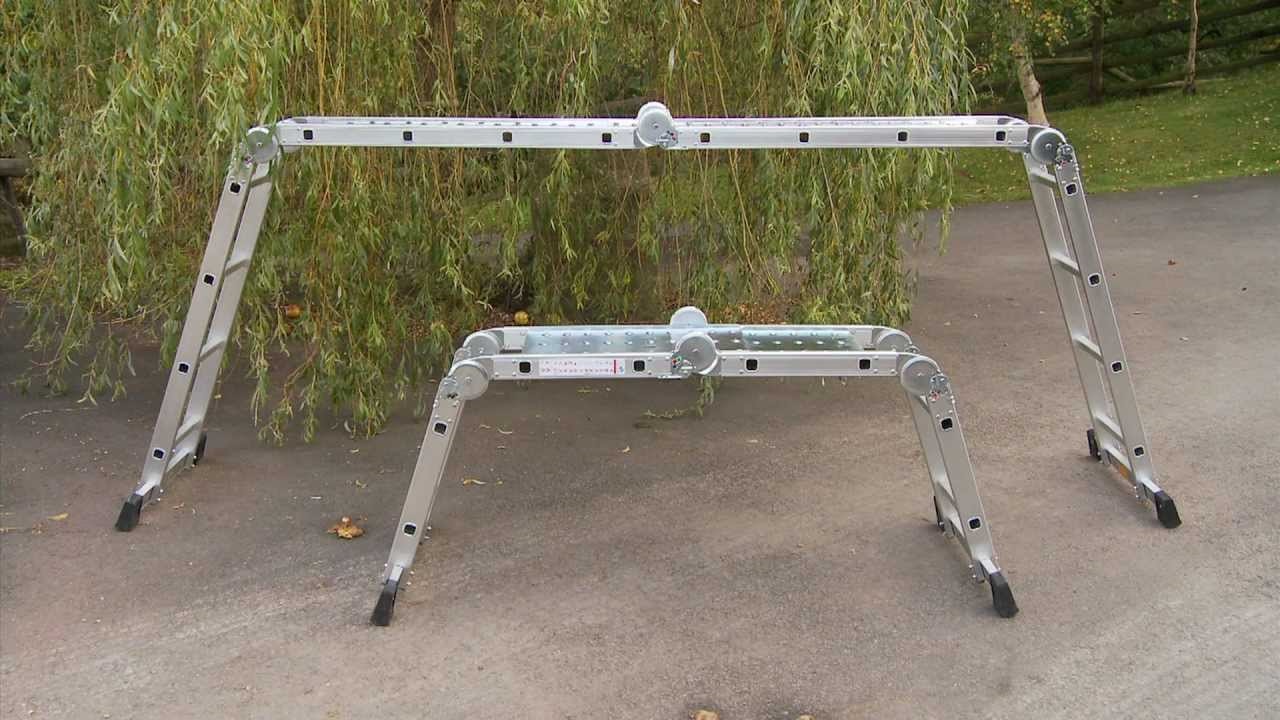
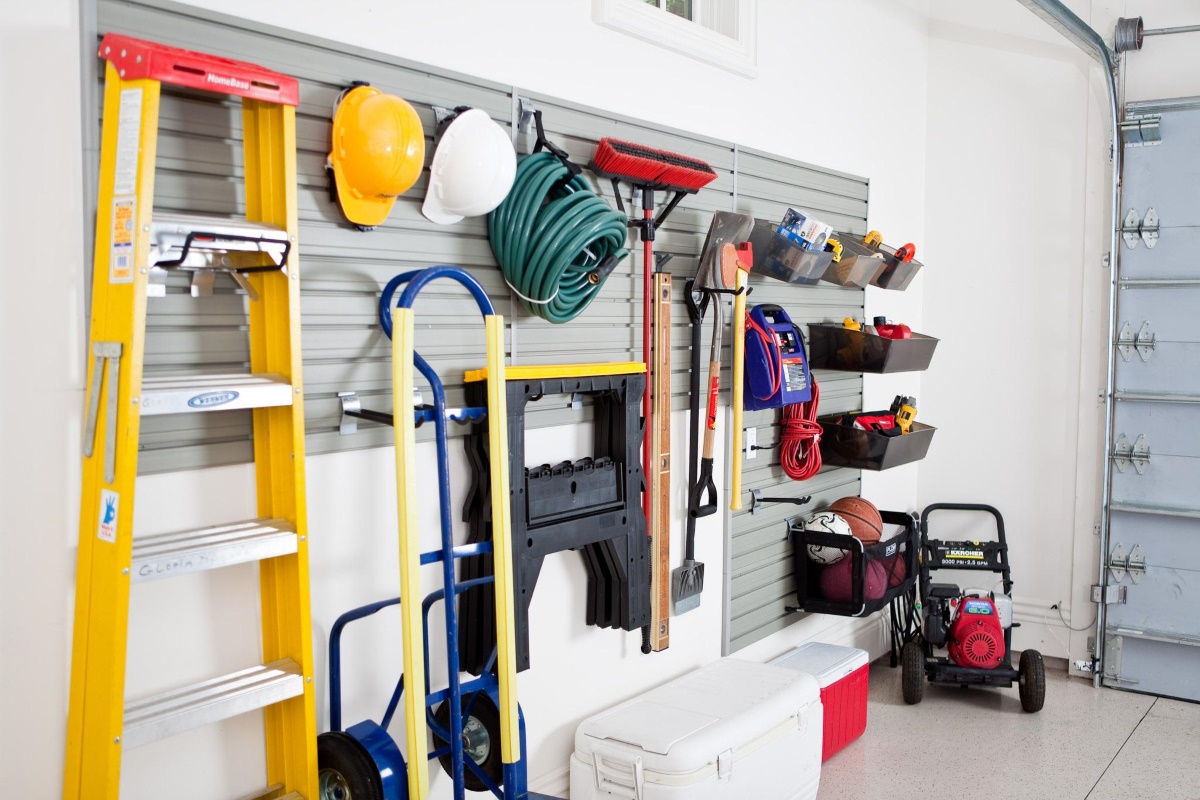

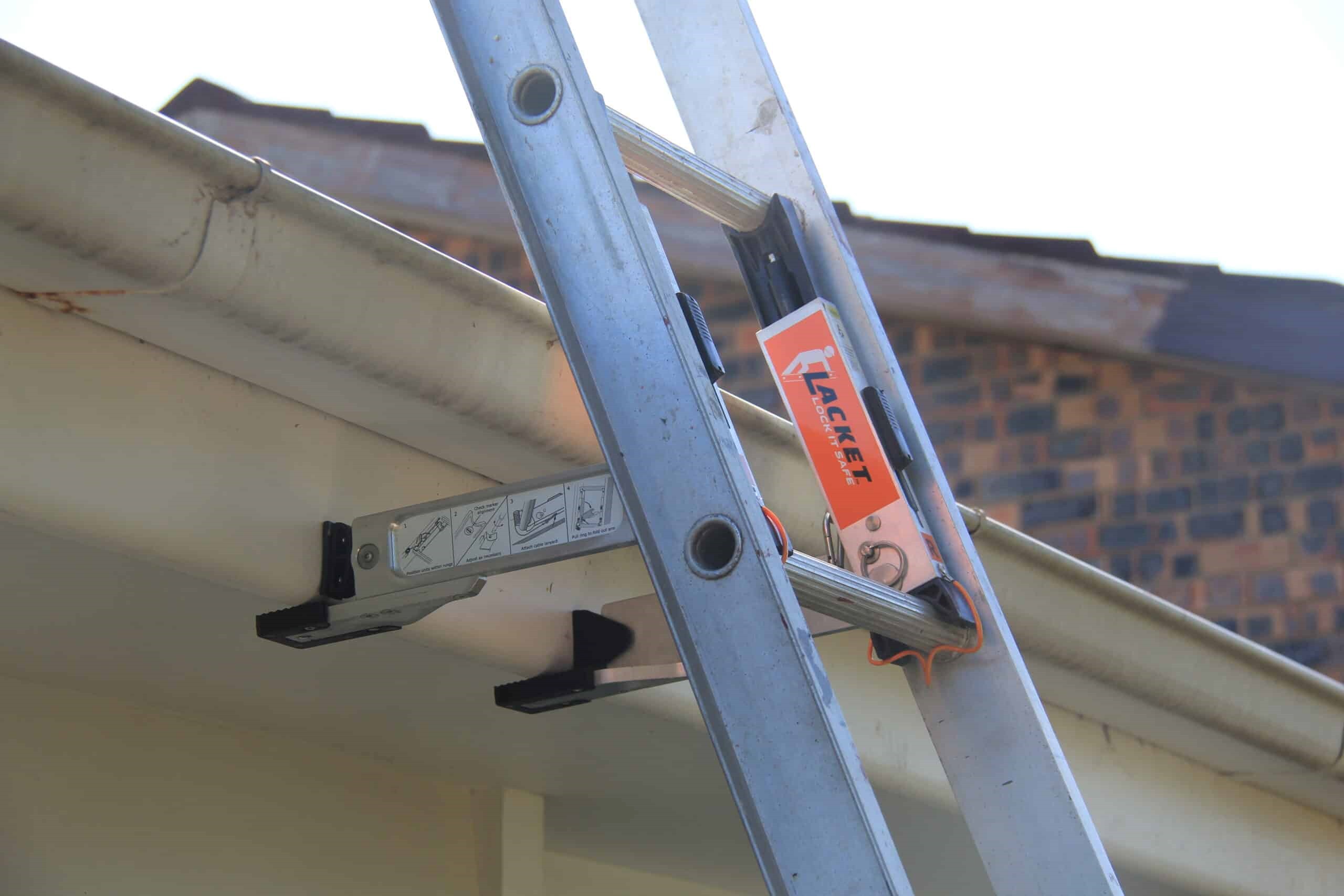
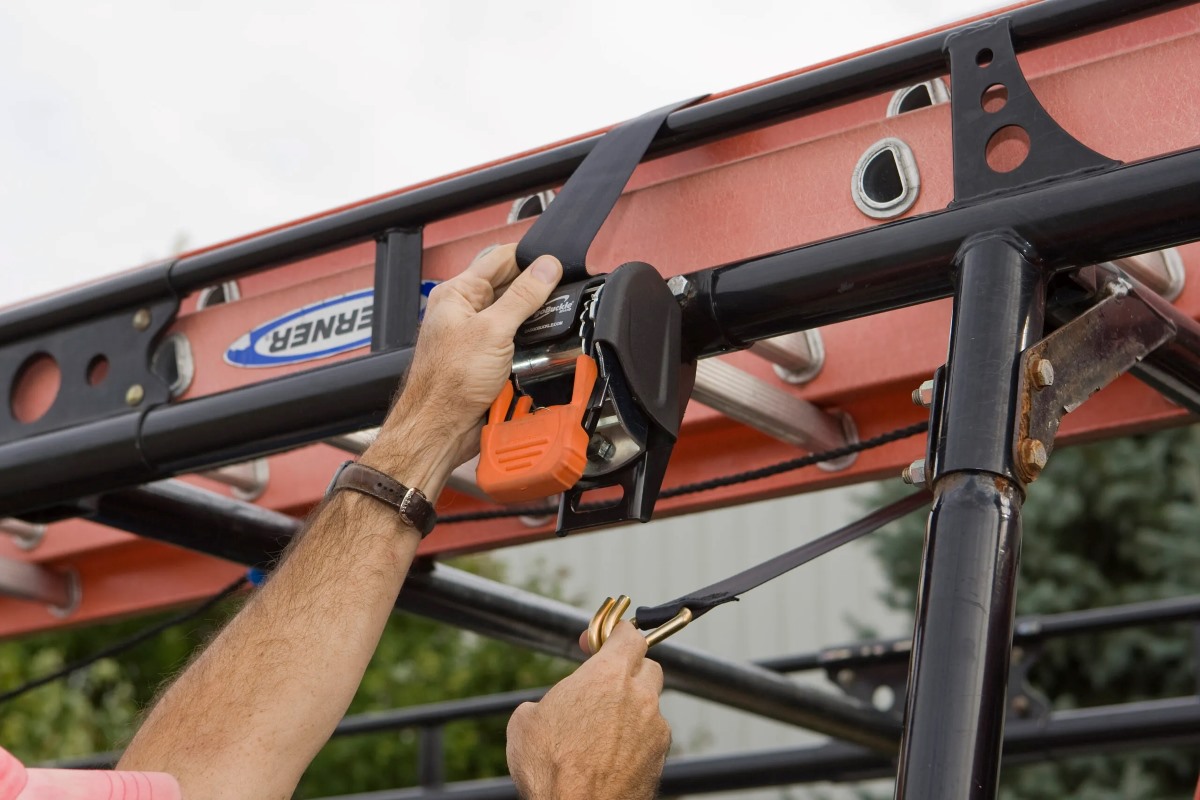

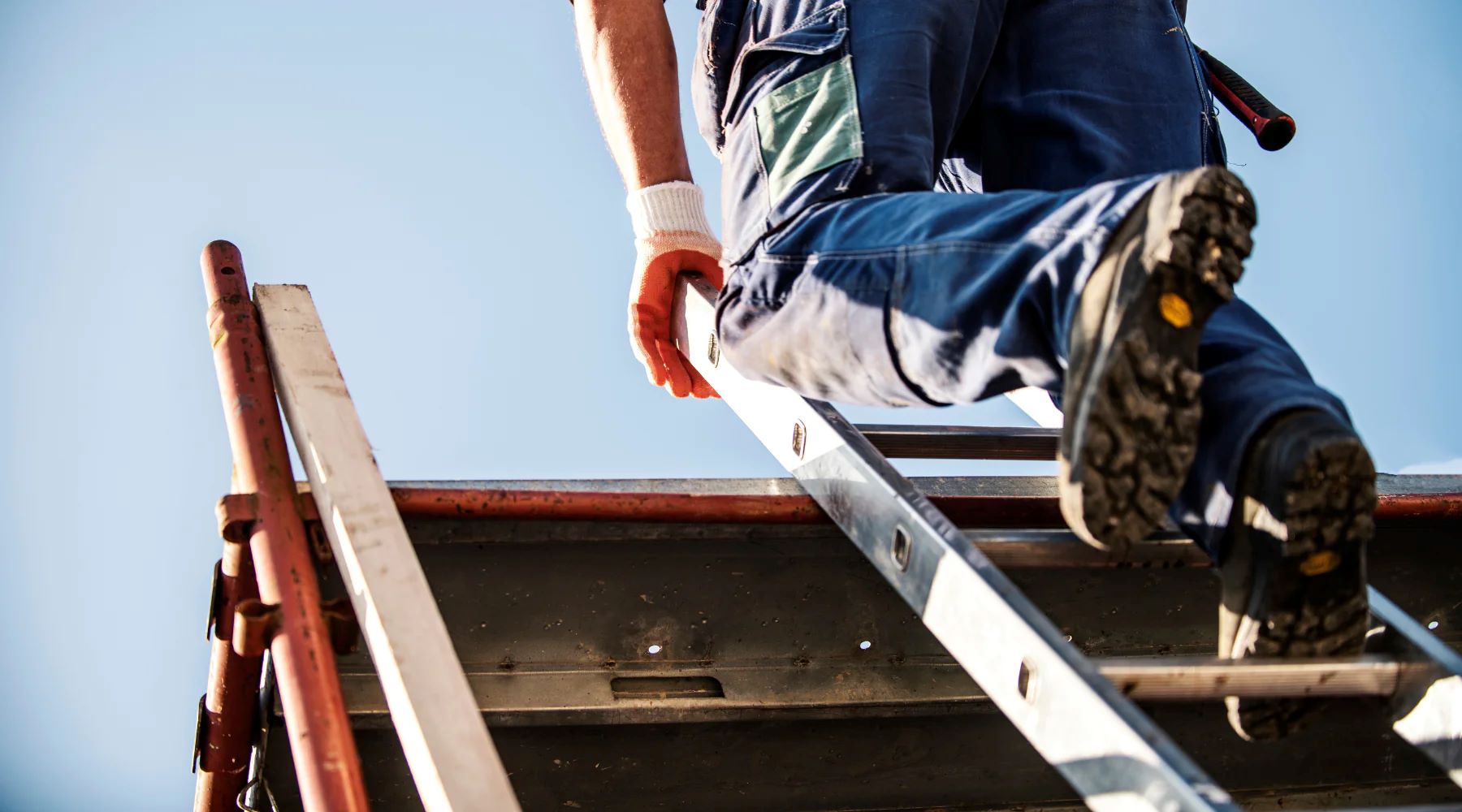
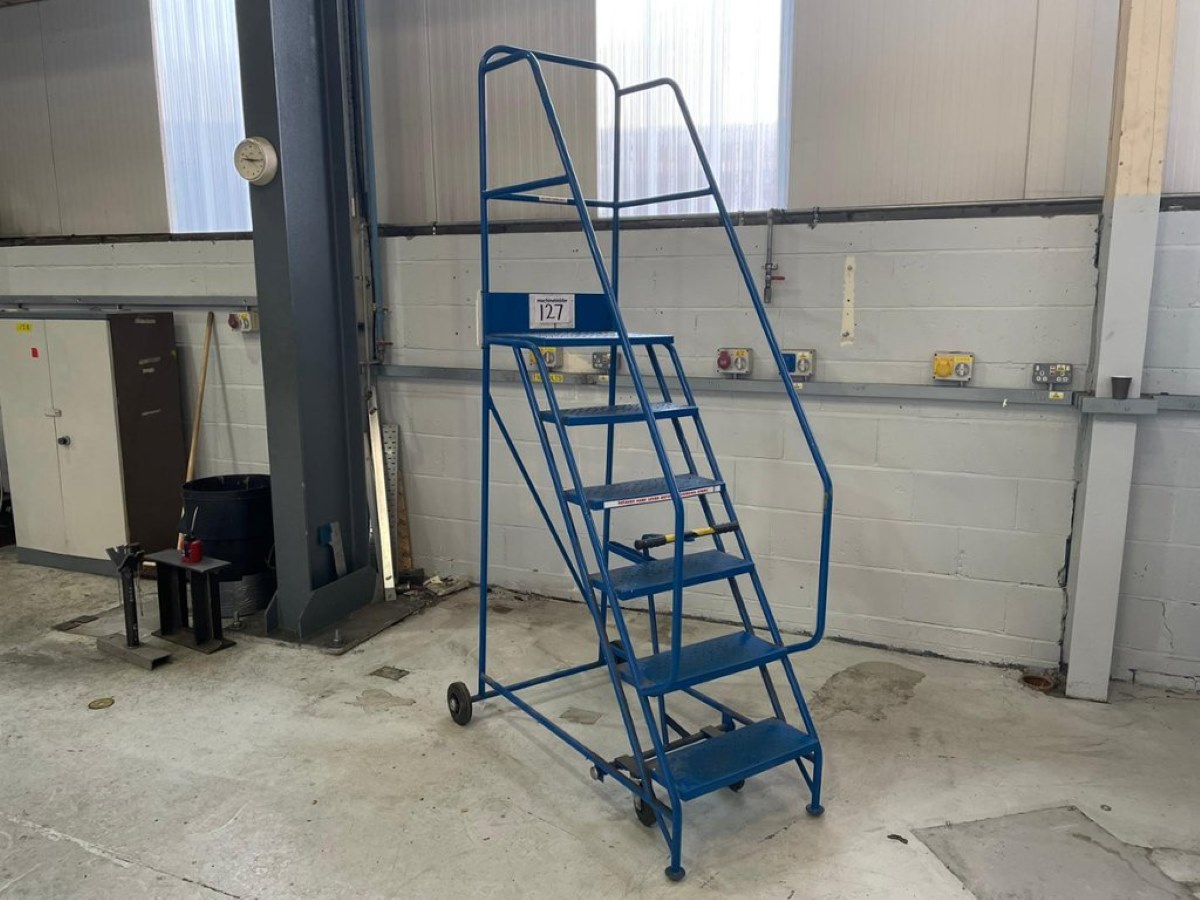
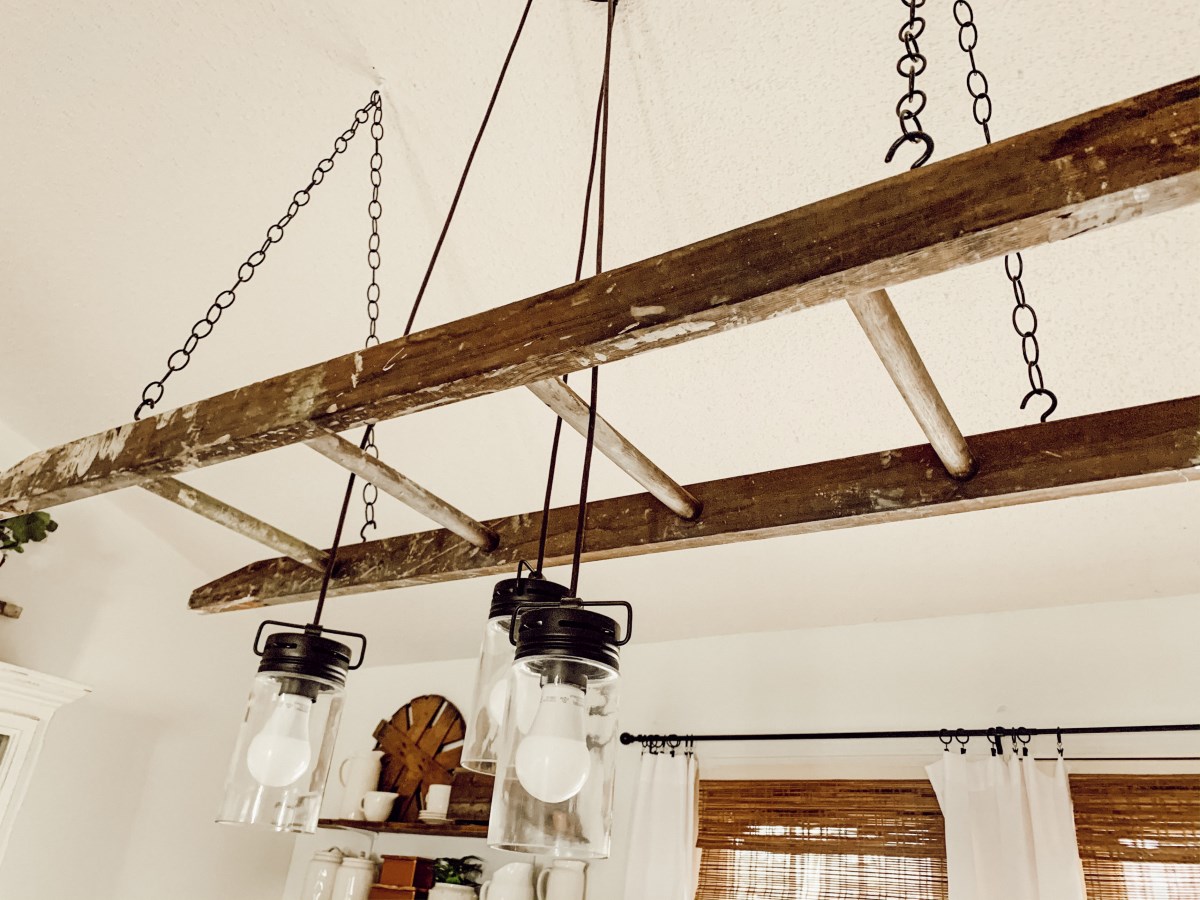

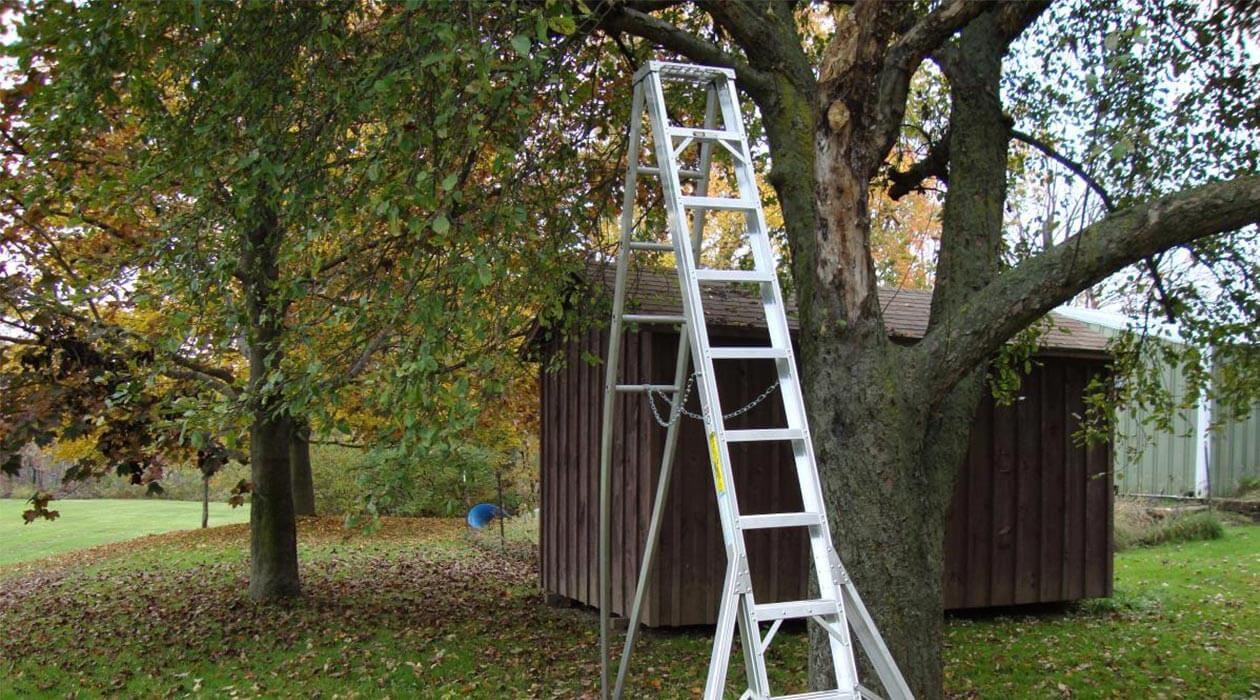
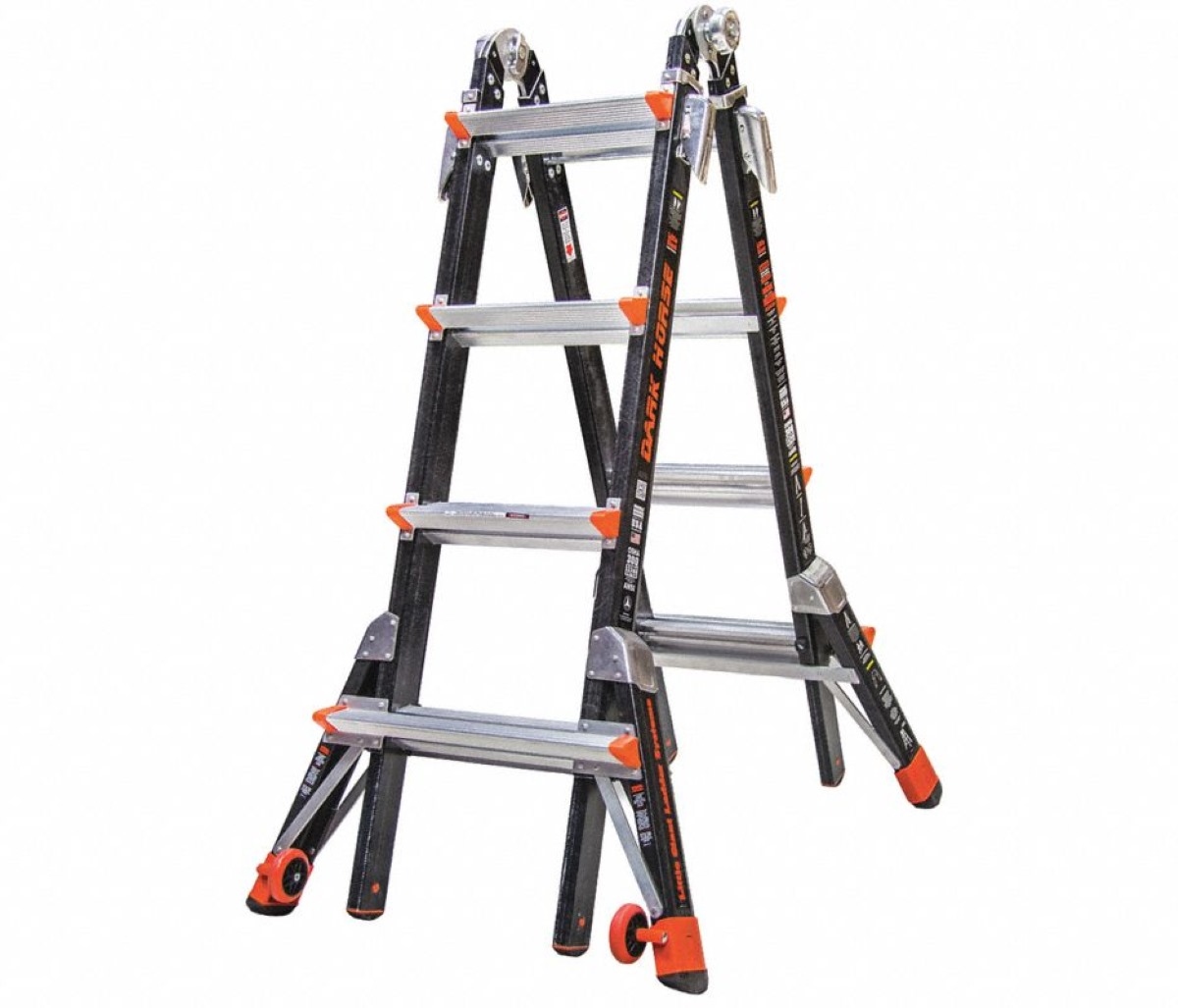

0 thoughts on “When Is It Acceptable To Use A Roof Ladder As A Free-Hanging Ladder?”